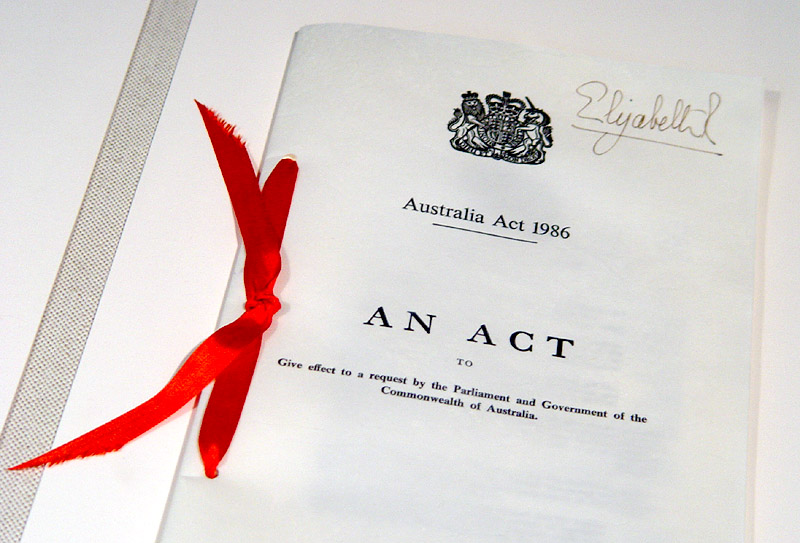- 3-minute read
- 9th May 2016
AGLC Legal Referencing: Citing Legislation
The term ‘AGLC’ should be familiar to anyone studying law in Australia, but in case you don’t know, it stands for the Australian Guide to Legal Referencing. It also sets out standards for citing legal sources in academic writing, so it’s quite handy to know how AGLC works.
Previously, we’ve covered how to cite cases and unreported judgments. Today, we look at citing legislation.
Citing an Act
AGLC uses superscript numbers (e.g. 1, 2, 3) and footnotes to indicate citations. The information required in a footnote to cite an Act of legislation is:
Short Title of Act | Year | (Jurisdiction) | Pinpoint |
Navigation Act | 2012 | (Cth) | s 14. |
The short title and year are italicised because they stand in for the full title (the long title of the Navigation Act 2012, for example, is An Act relating to maritime safety and the prevention of pollution of the marine environment, and for related purposes).

Find this useful?
Subscribe to our newsletter and get writing tips from our editors straight to your inbox.
Finally, the pinpoint is the specific section of an Act you’re citing. This isn’t always necessary, but you should provide a pinpoint if your argument depends on a particular part of the Act being cited.
Citing a Bill
A Bill is a draft of an Act of Parliament, so the information required to cite a Bill is very similar to citing an Act. The only difference is that the short title and year are not italicised when citing a Bill, so make sure to double-check this.
Subsequent Citations
When citing the same source twice in succession, AGLC uses ‘ibid’ (a Latin term meaning ‘in the same place’). If you’re citing a different section of the act, you should give a new pinpoint citation as well:
Navigation Act 2012 (Cth) s 14.
2. Ibid
3. Ibid s 23.
For non-consecutive repeat citations, meanwhile, AGLC uses a shortened title plus a cross reference to the first footnote where the source is cited. The shortened title should be given at the end of the first citation:
1. Navigation Act 2012 (Cth) s 14 (‘Navigation’).
2. Ruben Stein, Australian Law in Context (Lawbook, 2012).
3. Navigation (n 1) s12.
In the above, for instance, we have the full source information in the first footnote, including a shortened title. So when we cite it again in the third footnote, we only have to use the shortened title and a bracketed number to show the reader where the source is first cited. We then give a pinpoint citation to show that we’re citing a different part of the act.
Bibliography
As well as footnote citations, AGLC requires all cited sources to be listed in a bibliography at the end of your document. Within this, Acts and Bills should be listed alphabetically under the heading ‘Legislation’.
The information required for Acts and Bills in a bibliography is the same as in the first footnote, but without a pinpoint reference or a full stop. For example, the Navigation Act 2012 would appear simply as:
Navigation Act 2012 (Cth) s 14
We hope that helps! But feel free to get in touch if you need further advice.